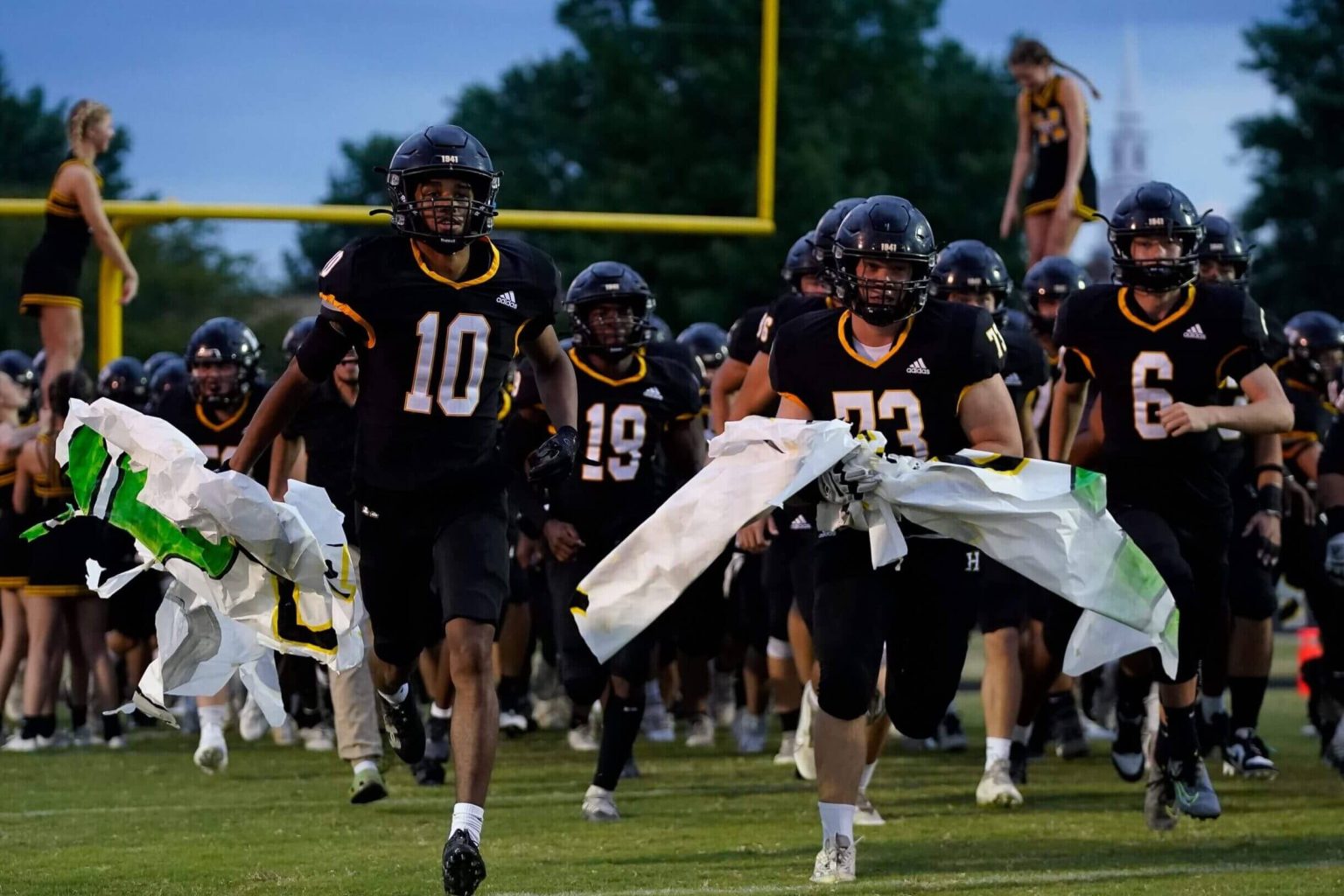Concerns of declining participation in football are being voiced by some prominent figures in the American college game. Kirby Smart, head coach at the University of Georgia, claims that fewer people are playing football, attributing it to a variety of reasons including increased concerns over player safety. Adam Carter, a high school football coach in Valdosta, Georgia, agrees, stating that many parents are now unwilling to let their kids play football from a young age. Both Smart and Carter express the belief that this talent gap is lessening the quality of the game.
However, the broader data and trends may not fully support this narrative. While American high school football participation numbers have slightly fallen since their 2009 peak, slight increases have been noted in the past two years. Moreover, the number of colleges and universities supporting football teams has consistently risen. So while the population size of football players remains static, an increase in the number of football programs has created greater competition for the talent available.
Furthermore, safety measures being set forth by football authorities could potentially encourage more young players to participate. Smart himself is part of the NCAA rules committee and has been instrumental in promoting rules designed to make university football safer. Notably, the NCAA introduced the targeting rule in 2013 to discourage dangerous hits, and evidence suggests that this has significantly reduced headhunting and improved player safety.
Steve Shaw, NCAA’s coordinator of officials, notes that changes are continually being studied for their potential to improve safety within the game. Examples include removing specific types of blocks that could lead to knee injuries and reducing the average number of plays per game, also known as “exposures.” This reduction in the amount of contact per game, achieved primarily through not stopping the clock on first downs, has been met with complaints of shorter games. However, the rules improvements have yielded their intended result of reduced player exposure.
Progress is also being made in helmet technology to enhance player safety. Position-specific helmets, designed to accommodate the varied types of head impacts experienced across different player positions, are anticipated within the next few years. For example, a lineman’s helmet would be designed to handle repetitive close-range hits, while a safety’s helmet would need to protect against high-speed collisions.
Despite the recent decline in football participation, research by the Sports and Fitness Industry Association (SFIA) indicates that participation is stabilizing, and even rising, in the 13-17 age group. Alongside this, the growth of flag football (set to appear in the 2028 Olympics), particularly among high school girls, is viewed as encouraging. Steve Hatchell, head of the National Football Foundation, and other advocates regard flag football as potentially working symbiotically with tackle football to enhance the overall appeal, longevity, and safety of the sport. The assumption is that parents may be more inclined to let their children play if the game is deemed safer. With television ratings and attendance figures attesting to football’s enduring appeal, these advocates believe the sport is well positioned to implement necessary changes to ensure their players’ future safety and the well-being of the game as a whole.


